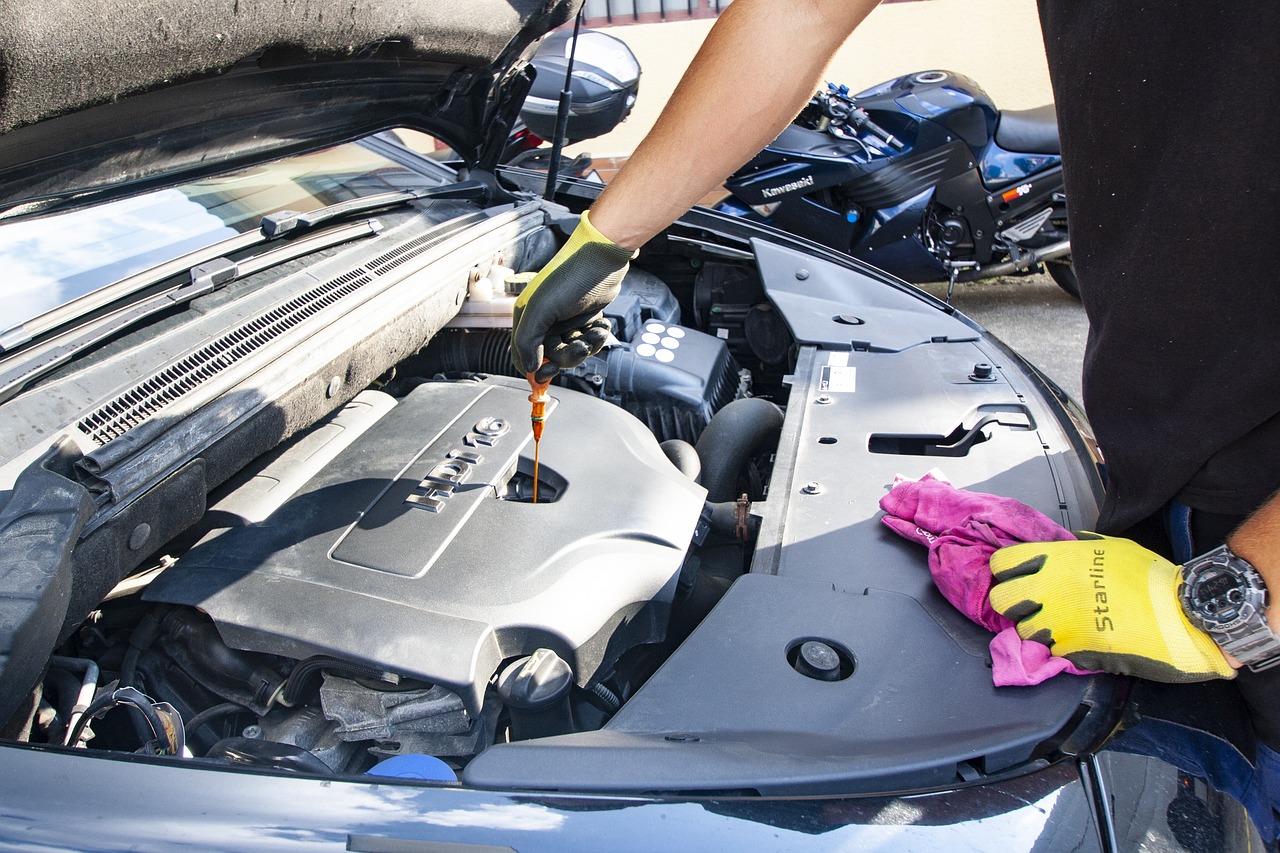Owning an Audi A5 Cabriolet is an experience. The sleek design, the smooth ride, the way the wind flows through your hair. It’s what makes this car so special. But like any high-performance vehicle, it requires proper care to keep running at its best. One often-overlooked maintenance task? Cleaning the mass airflow (MAF) sensor.
Why Cleaning Your Mass Airflow Sensor Matters
Ever noticed your Audi struggling with sluggish acceleration or rough idling? Maybe your fuel economy isn’t what it used to be. A dirty MAF sensor might be the culprit. This tiny but essential component measures the air entering your engine, allowing your car’s computer to adjust the fuel mixture accordingly. Over time, dust, dirt, and oil residue can clog it up, leading to inaccurate readings and performance issues.
Regular cleaning helps maintain fuel efficiency, smooth acceleration, and overall longevity of your engine. And the best part? You don’t need to be a mechanic to do it yourself.
What You’ll Need
Before diving in, gather the right tools:
- Mass airflow sensor cleaner – Never use carb or brake cleaner; they leave residues that can damage the sensor.
- A Phillips screwdriver – For removing the sensor.
- A clean, dry cloth – To wipe around the area.
- Protective gloves – To keep grease and cleaning chemicals off your hands.
Set aside about 15-20 minutes. This task is straightforward, but patience is key.
Step-by-Step Guide to Cleaning Your Audi A5 Cabriolet’s MAF Sensor
1. Turn Off the Engine and Disconnect the Battery
Safety first. Make sure your car is completely turned off and disconnect the negative battery terminal to avoid any electrical mishaps.
2. Locate the Mass Airflow Sensor
Pop the hood and find the air intake system. It’s usually a black plastic tube connecting to the air filter housing. The MAF sensor is typically housed inside or just after the airbox.
3. Remove the Sensor Carefully
Using a screwdriver, loosen the screws or clamps securing the sensor. Be gentle; this component is delicate. If your model has an electrical connector, unplug it with care.
4. Apply the MAF Sensor Cleaner
Hold the sensor upright and spray the cleaner directly onto the wire elements and any sensing parts. About 10-15 sprays should suffice. Avoid touching the sensor parts with your fingers or a cloth. These elements are extremely sensitive.
5. Let It Dry Completely
Wait at least 10 minutes for the sensor to air dry. Never reinstall it while it’s still wet, as that can cause electrical issues.
6. Reinstall and Reconnect Everything
Once dry, secure the sensor back in place, reconnect any wiring, and tighten the screws. Reattach the battery terminal.
7. Start the Engine and Test
Turn on your Audi and let it idle for a few minutes. You might notice a temporary fluctuation in RPMs as the system recalibrates. Take the car for a short drive to ensure everything runs smoothly.
How Often Should You Clean the MAF Sensor?
Most experts recommend cleaning it every 15,000 to 30,000 miles, depending on driving conditions. If you frequently drive in dusty areas or use an oiled aftermarket air filter, more frequent cleanings may be necessary.
Signs Your MAF Sensor Needs Attention
- Decreased fuel efficiency
- Rough idling or stalling
- Loss of engine power
- Check engine light is on
If these symptoms persist even after cleaning, the sensor may need replacement.
A Simple Fix with Big Benefits
Taking a few minutes to clean the MAF sensor can mean the difference between peak performance and frustrating engine issues. It’s quick, cost-effective, and can save you from expensive repairs down the road.
Next time you’re under the hood, add this to your routine maintenance checklist. Your Audi A5 Cabriolet will thank you with a smooth, responsive ride.






